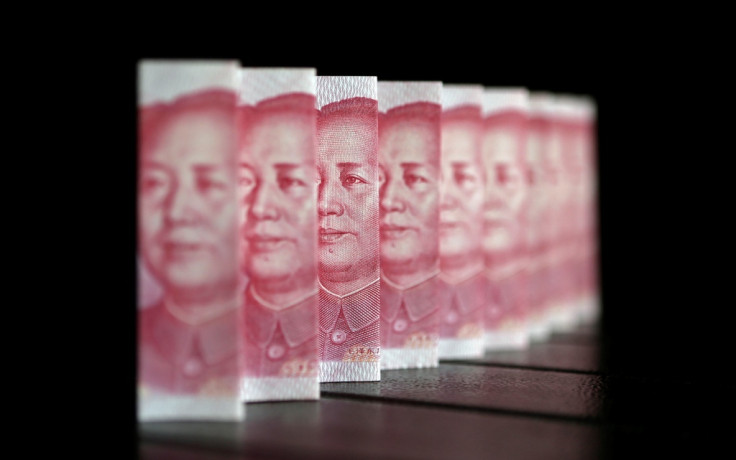China Local Government Debt Soars Raising Fears of Hard Landing

Chinese local government debt soared over the last three years, indicating rising need for financial reforms in the country for sustainable growth.
In a long-awaited report, the National Audit Office (NAO) said that China's local government debt rose 70% from three years ago to 17.9tn yuan ($2.9tn, €2.1tn, £1.8tn). According to China's last local debt audit, the figure stood at 10.7tn yuan as of end-2010.
Beijing had ordered the NAO in July to submit an accurate report on government debts after available figures failed to show the exact debt situation.
According to the NAO report, about 57% of the local debt was borrowed from commercial banks. In addition, 22% of the local debt matured before the end of this year, and about 40% will mature in the next two years.
Meanwhile, total government debt including both central and local governments amounted to 20.7tn yuan as of June, representing 40% of the country's gross domestic product (GDP). Including contingent liabilities, total government debt stood at 30tn yuan, equivalent to 55% of the GDP.
"This national debt audit result could indicate that China's local government debt almost doubled in about two-and-a-half years," said Liu Li Gang, economist at ANZ Research.
"While China's total government debt remains low by the OECD standards, the pace of the rise is still alarming. The debt level was less than 30% before 2010, relative to the OECD average level of 51% in the same period."
Fears of Hard Landing
China's local governments borrowed heavily for investment projects during and after the global financial crisis, which helped them to post impressive growth rates. Nevertheless, analysts were worried about the rising local government debt levels in China and feared the economy could suffer a hard landing.
The new government under Premier Li Keqiang has changed the country's growth policy from rapid development to all-inclusive development, and asked local governments to keep fiscal discipline to avoid risks.
The local governments are also facing debt default with rising interest rates in the country. Short-term borrowing costs in China reached near 9% earlier in December.
"The rising level of local debt since 2009 also indicates that the central government may want to rein in public spending when the country has to spend more on social welfare. This contraction could pose a downside risk to growth next year," Liu said.
© Copyright IBTimes 2025. All rights reserved.






















